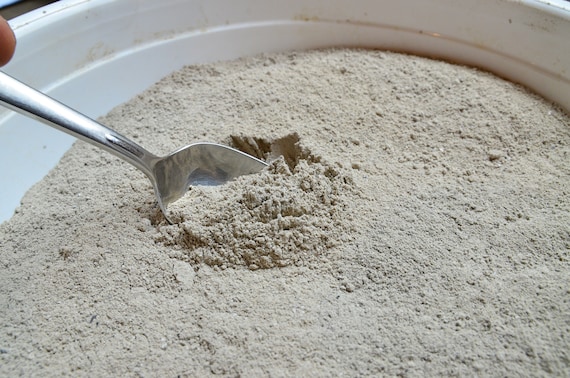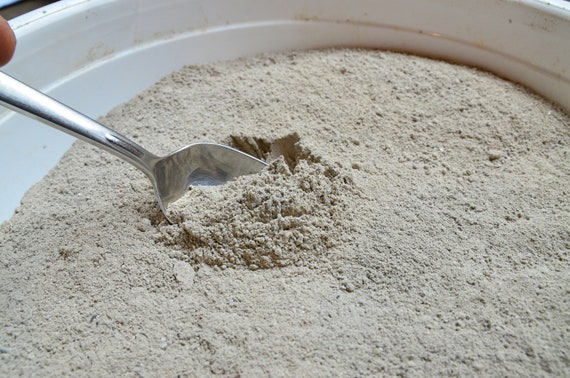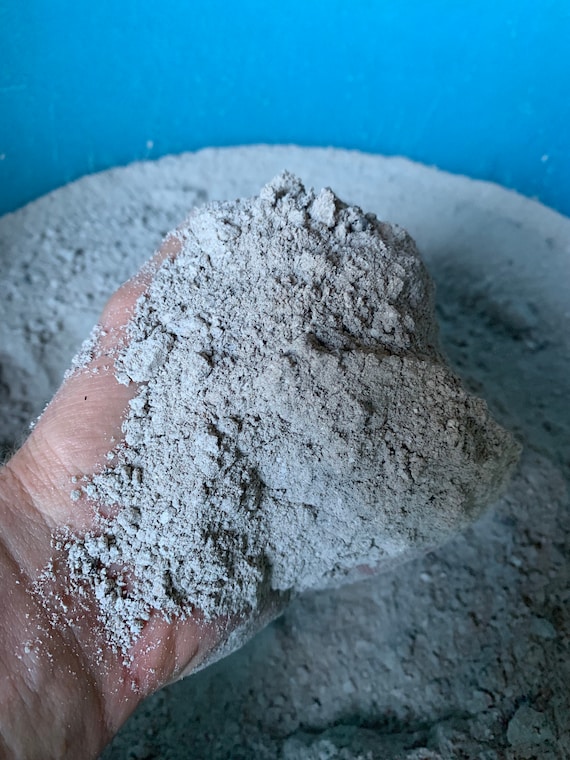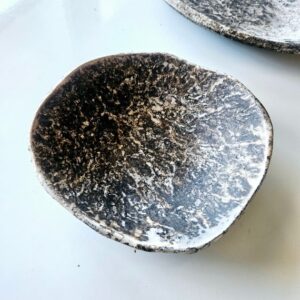The step-by-step guide on “How to create a food-safe ash glaze” introduces the topic of using natural ash to create unique finishes on pottery through ceramic glazing. The purpose of the guide is to provide detailed instructions on creating a food-safe ash glaze for ceramic projects, ensuring that the final product is safe for use with food items.
Making Pottery: Ensuring Food
Gather Materials
Gather wood ash, clay, water, glazing tools, gloves, and a mask. Start by collecting dry wood ash from your fireplace or wood-burning stove. Make sure the ash is free from any debris like nails or glass. Aim for a sufficient amount of ash to cover the pieces you plan to glaze. Next, procure clay from a pottery supply store or dig up clay from natural sources if accessible. You will need the clay to mix with the ash to create the glaze, so ensure it is clean and free of impurities.
Combine the wood ash and clay in a container, adding water gradually to make a smooth paste. Use glazing tools like brushes or sponges to apply the ash glaze onto your pottery pieces. Wear gloves to protect your hands from the chemicals in the ash and clay mixture, and always use a mask to avoid inhaling any harmful dust particles. Remember to work in a well-ventilated area to minimize exposure to potentially hazardous materials.
Prepare Ash Solution
Mix the wood ash with water in a large container. Stir the mixture thoroughly to create a slurry, ensuring that the ash is well distributed in the water. Allow the slurry to settle for a period of time, typically a few hours. This settling process allows the heavier sediments to sink to the bottom while the liquid portion rises to the top.
After the settling period, carefully decant the liquid portion of the mixture into a separate container. Slowly pour off the liquid, being cautious not to disturb the settled sediments at the bottom of the container. The decanting process helps separate the liquid solution from any solid particles, leaving behind the sediments in the original container. This liquid portion is now the prepared ash solution, ready for further use as needed.
Mix with Clay
Combine the ash solution with clay in the desired ratio to form the glaze.
- Measure out the required amount of ash solution and clay according to your recipe.
- Place the clay in a mixing container and slowly pour in the ash solution.
- Use a stirring stick or mixer to blend the components together.
Thoroughly mix the components until you achieve a smooth consistency.
- Stir the mixture in a circular motion to ensure even distribution.
- Continue mixing until all lumps are dissolved and the glaze is homogeneous.
- Test the consistency by running your fingers through the mixture; it should be smooth and free of clumps.
Apply Glaze
- Prepare your pottery: Ensure your pottery is clean and dry before applying the ash glaze. Wipe off any dust or dirt on the surface to prevent imperfections in the finish. Place your pottery on a stable, level surface to prevent any accidental spills or uneven application.
- Select the appropriate glazing tool: Use a clean brush or sponge to apply the ash glaze to your pottery. Make sure the tool you choose is suitable for the size and shape of the piece you are glazing. A brush can provide more control over the application, while a sponge may be better for larger pieces or creating a textured finish.
- Apply the ash glaze evenly: Dip your glazing tool into the ash glaze and start applying it to your pottery. Use long, smooth strokes to ensure even coverage. Be mindful of any drips or pooling that may occur, as these can lead to uneven coloring or texture. Take your time and work methodically to cover the entire surface of your pottery with the ash glaze, ensuring a consistent and professional finish.
Firing Process
- Place the glazed pottery pieces carefully in the kiln, making sure they are not touching each other to allow for even heating.
- Check that the kiln is clean and free of debris to prevent any contamination during firing.
- Set the kiln to the recommended firing temperature for the specific clay and glaze materials used.
- Monitor the kiln temperature closely throughout the firing process to ensure it reaches the desired level.
- Allow the kiln to cool gradually once the firing is complete to prevent thermal shock to the pottery.
- Once the kiln has cooled to a safe temperature, carefully remove the fired pottery, wearing appropriate protective gear to avoid burns.
Final Thoughts on Ash Glazes
In conclusion, by following the steps outlined in this blog post, you can successfully create food-safe ash glaze for your ceramics projects. With proper preparation and firing techniques, you can achieve both aesthetic beauty and safety in your pottery creations.








I modified the firing process to include a slower cooling phase to enhance the crackling effect in my ash glaze. It worked wonderfully! Have you explored any variations in the firing process that yielded interesting results?
That’s fantastic to hear! Slowing down the cooling process can indeed enhance the crackling effect. I’ve experimented with a controlled reduction firing after the initial bisque firing, which produced beautiful metallic sheens in the ash glaze. Feel free to try it out!
In future articles, I’d love to see a section on sourcing ash for glazes sustainably. It would be interesting to learn about different types of wood ash and their impact on the final glaze.
Thank you for the suggestion! Exploring sustainable sourcing of ash for glazes is an important topic. I’ll definitely consider covering the different types of wood ash and their effects in future articles.
Thank you for your feedback! For clay that complements ash glazes, I recommend using Laguna Clay’s B-Mix 5 or Standard Ceramic’s 112. These clays have shown good results with ash glazes.
Thanks for your feedback! Those are great recommendations.
Could you delve into the safety aspects of using ash glazes in relation to food? Are there any precautions or certifications to look out for to ensure the final product is food-safe?
Great question! Ensure your ash glazes are food-safe by using non-toxic ingredients, testing for leaching, and checking for food-safe certifications. Stay safe and happy glazing! 🍽️✨
These steps are great for beginners, but do you have any advanced tips or techniques for achieving unique effects with ash glazes? I’m looking to experiment further with this process.
I’m glad you found the guide helpful! For advanced users, consider experimenting with different ash types for varied effects. You can also try layering ash glazes with other glazes to create interesting textures and colors.
I appreciate the detailed steps provided in this guide! Could you recommend a specific brand of clay that works best with ash glazes?
Thanks for the kind words! For ash glazes, I recommend Laguna Clay’s B-Mix 5 or Standard Ceramic’s 112. They both work wonderfully! Happy glazing! 🍶✨